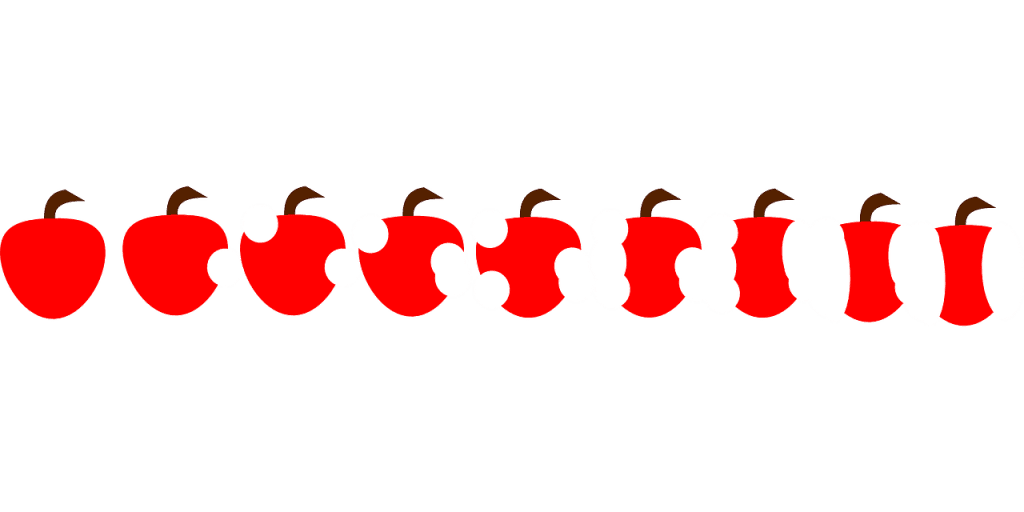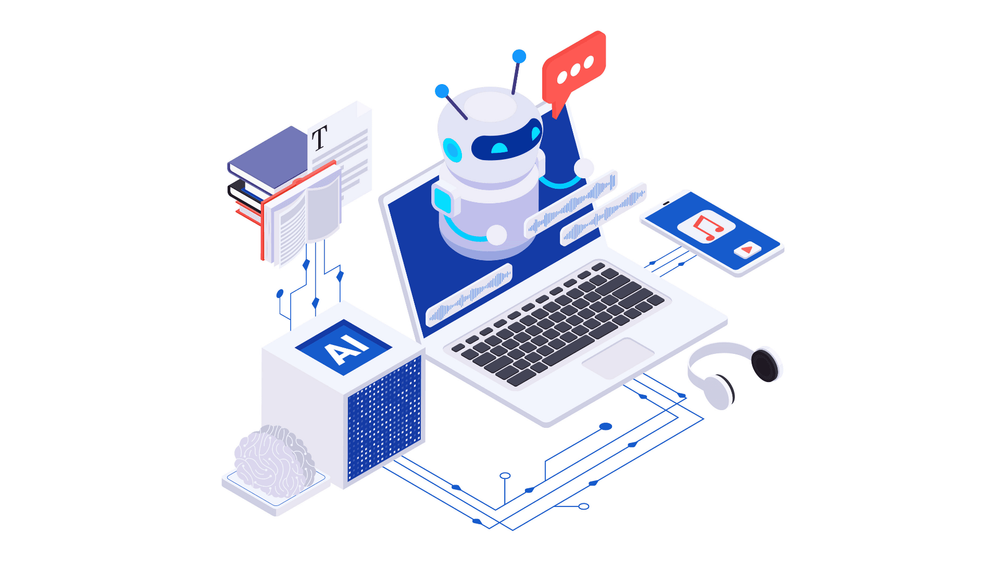Recurrent neural networks (RNNs) are a pivotal advancement in artificial intelligence, designed to tackle the challenge of sequential data analysis. Unlike traditional neural networks that process individual data points in isolation, RNNs are equipped to handle sequences by incorporating memory elements that retain and utilize information from previous steps.

This unique capability allows RNNs to excel in tasks such as language processing, where understanding the context of previous words is essential for predicting what comes next. By creating connections that loop back on themselves, they can model complex temporal patterns and dependencies, making them invaluable for applications that require sequential reasoning.
In this article, we’ll demystify recurrent neural networks by breaking down their fundamental concepts into straightforward terms. We’ll delve into how they operate, explore their practical uses, and discuss their strengths and limitations. By the end, you’ll have a comprehensive and accessible overview of RNNs and their role in modern technology.
What is a Recurrent Neural Network (RNN)?
A recurrent neural network (RNN) is a specialized type of artificial neural network designed to handle sequential data. Unlike traditional neural networks, which process data in a fixed, one-way manner, RNNs are built to recognize patterns and dependencies over time.

In essence, RNNs have a unique structure that includes loops, allowing them to maintain and use information from previous inputs in a sequence. This feature enables RNNs to process sequences of data, such as sentences in a text or time-series data, making them particularly useful for tasks where the context provided by earlier data points is crucial for understanding and predicting future information.
They are composed of units that share weights and have connections that loop back on themselves, creating a form of memory. This memory capability helps RNNs to analyze and interpret data where the order and timing of information are important, making them a powerful tool for various applications in artificial intelligence.
How Does a Recurrent Neural Network Work?
Recurrent Neural Networks are designed to handle sequences of data by maintaining a memory of past inputs. Here’s how they operate:

1. Sequential Processing - These networks process data sequentially, evaluating one element at a time while considering previous inputs. This approach allows them to use the context from earlier elements to better understand and predict the current one. For example, in language modeling, the context provided by previous words helps in predicting the next word in a sentence.
2. Hidden States and Memory - At each time step, the network updates an internal memory known as the hidden state, which reflects information from the current and previous inputs. This state serves to preserve context over time, enabling the system to maintain continuity throughout a sequence.
3. Loops and Feedback - A distinctive feature is the feedback mechanism, where connections are made between different time steps. The output from one step is fed back into the network as input for the next step. This looping structure helps capture patterns and dependencies across time.
4. Activation Functions and Output - Activation functions are applied to the hidden state and input to generate outputs. These functions introduce non-linearity, allowing the network to model complex patterns. Outputs can be produced for each time step or aggregated to make final predictions or classifications.
5. Training and Backpropagation Through Time (BPTT) - During training, the network uses Backpropagation Through Time (BPTT) to adjust its weights based on prediction errors across all time steps. This technique involves unrolling the network through time and applying backpropagation to update weights, improving its ability to make accurate predictions based on the entire sequence of data.
These mechanisms enable the network to excel in understanding and predicting sequential data, making it effective for tasks where the sequence and timing of information are crucial. By maintaining context and adapting based on past inputs, this approach proves valuable in various applications, from natural language processing to time-series forecasting.
How are Recurrent Neural Networks Used in AI?
Recurrent neural networks (RNNs) are vital in artificial intelligence, especially for tasks involving sequences or time-series data. Their ability to remember and leverage past information makes them essential in several domains. Here’s how they are applied:
1. Natural Language Processing (NLP) - These networks are pivotal in tasks such as language translation, sentiment analysis, and text generation. They understand the context of words and phrases within sentences, enabling features like automatic text completion, chatbots, and context-aware language models.
2. Speech Recognition - In converting spoken language into text, RNNs analyze audio signals sequentially to identify words and phrases accurately. This capability supports transcription services and voice-activated systems, where understanding spoken language in real-time is crucial.

3. Time-Series Forecasting - For predicting future trends based on historical data, RNNs excel in analyzing sequences of past observations. They are used in financial markets, weather forecasting, and sales predictions, providing valuable insights by recognizing patterns over time.
4. Video Analysis - When it comes to processing video content, these networks help in recognizing actions and interpreting sequences of frames. This technology is useful for surveillance, sports analytics, and classifying video content based on identified activities.
5. Music Generation - RNNs contribute to music composition by learning patterns from existing works. They generate sequences of musical notes that align with learned styles and structures, creating new compositions based on observed patterns.
6. Anomaly Detection - In fields like cybersecurity and finance, these networks are used to detect unusual patterns or anomalies in data sequences. By understanding normal patterns, they can identify deviations that may indicate fraudulent activities or security threats.
These examples demonstrate how RNNs enhance AI applications by processing and interpreting sequential data, driving advancements across various technologies and improving machine understanding of complex, time-dependent information.
Harnessing the Power of RNNs in AI
Recurrent neural networks represent a transformative development in artificial intelligence, offering powerful solutions for tasks involving sequential data. Their ability to remember and utilize past information enhances applications across natural language processing, speech recognition, time-series forecasting, and more. By understanding the sequence and context within data, RNNs drive innovation and accuracy in AI systems.
Visit AI-Pro's AI terms glossary here to deepen your understanding and access a wealth of resources that will help you navigate the ever-evolving landscape of AI technologies and applications.





